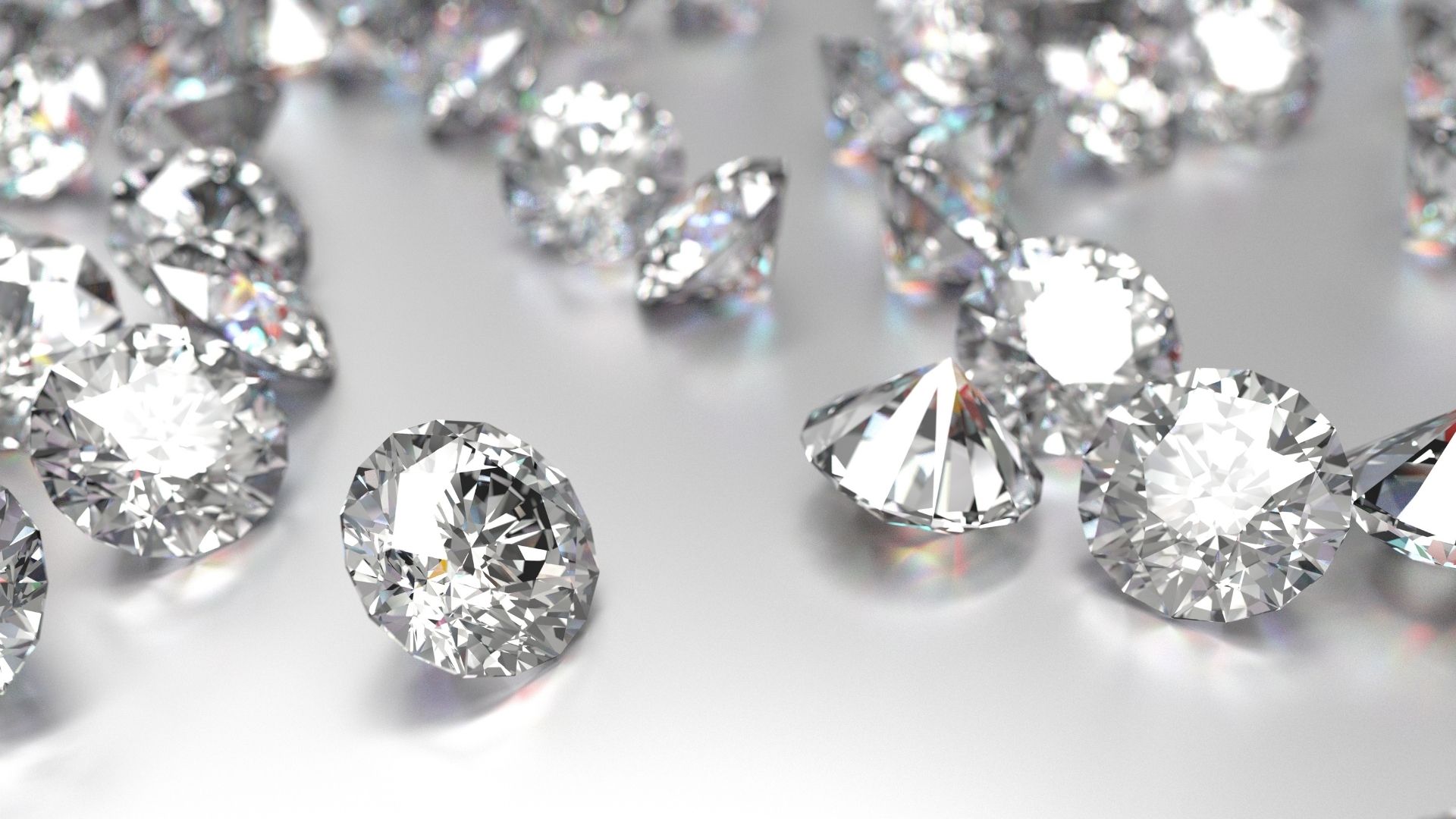Does the thought of buying a diamond ring fill you with equal parts terror and joy? You’re not alone. You are, after all, about to put down a lot of cash on an object that has huge emotional significance, and you don’t want to make a mistake that will either leave you dissatisfied later or waste your money.
With so many diamond rings out there for sale, how do you figure out a good-quality diamond from a bad one? The folks at Diva Diamonds & Jewels have some insights they’re willing to share that you can use when you’re shopping. They say that diamond buying is “all about the 5Cs” when it comes to quality.
What does that mean? Here are the basics you need to know:
1. Cut
The cut of your diamond has a lot to do with its aesthetics. The facets in a beautifully cut diamond will catch the light and dazzle the eye, and diamond rings with quality cuts will have infinitely more sparkle and life than those with inferior cuts.
Cut is not about the shape of the stone, which can be round, pear, heart, marquise, and a dozen other fancy forms. Instead, cut is all about the play of the light against the stone, the prisms and sparks of color caused by the refraction of that light against the facets of the stone, and the contrast between the stone’s light and dark areas. The better the cut, the sharper the stone’s appearance.
2. Color
Unless you’re looking for a fancy diamond in yellow, pink, blue, or some other hue, the ideal diamond is completely colorless. Every diamond is graded on a scale from D to Z, and each letter grade has five subcategories. The letter scales work like this:
- Colorless: D-F
- Near colorless: G-J
- Faint color: K-M
- Very light color: N-R
- Light color: S-Z
When thinking about a diamond’s color, remember this: A “near-colorless” diamond with a G or J rating and a beautiful cut may not look any different on your finger than a much pricier stone with a D rating. Variances within a grade can also be very hard to detect by an untrained eye.
3. Clarity
The more flawless the diamond, the greater its clarity (and it’s brilliance), so stones with fewer flaws and inclusions have greater value. The clarity ratings work like this:
- FL: Flawless, without inclusions or blemishes of any kind
- IF: Internally flawless, with surface blemishes only visible at 10x magnification
- VVS1/VVS2: Very, very slightly included, meaning that there are tiny inclusions inside the stone that can barely be seen at 10x magnification
- VS1/VS2: Very slightly included, with inclusions that are visible under magnification but not the naked eye
- SI1/SI2: Slightly included, with inclusions that can usually be seen without magnification
- I1/I2/I3: Included, meaning that the diamond has visible flaws that you can see without magnification
When thinking about clarity, remember that flawless diamonds are exceptionally rare — and that makes them very expensive. You can also sometimes afford to trade a little clarity for a bigger carat or a better cut, so long as you pick a stone that doesn’t have any flaws that you can see without a magnifying glass.
4. Carat
Arguably the most familiar feature of diamonds to most consumers, the carat weight of a diamond refers to its size. Large diamonds are generally considered more valuable than small ones, but it’s essential to recognize that size is just one of the features you need to evaluate when you’re looking at a stone.
You may, for example, find a one-carat stone that is vastly superior in quality to a two-carat stone that has a lesser cut, more visible color, and problems with its clarity. A superior stone that’s just under a carat may even look bigger and brighter than an inferior one that’s slightly over a carat because of the way the light hits it.
5. Certification
Finally, there are diamond certifications. A certification is a document that verifies the cut, color, clarity, and carat of a stone. While a diamond doesn’t have to be certified to be valuable, it is a way for buyers to get some reassurance about a stone’s quality.
Certifications don’t come from the diamond’s seller but are provided by a reputable third party, like the International Gemological Institute (IGI) or the Gemological Institute of America (GIA). (Certifications are also useful if you want insurance on your diamond rings.)
When you’re shopping for diamond rings, you can never have too much information about how to tell a quality diamond from an inferior one. Take your time, and it won’t be long before you’ve found the perfect stone.



